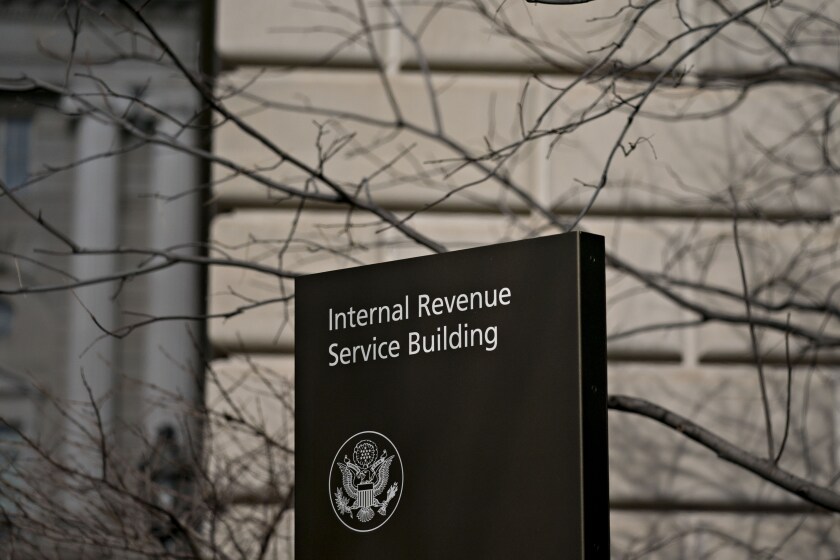Multifamily loans have so far proved more resilient than many expected, even in the New York area amid the pandemic.
Executives at BankUnited, Dime Community Bancshares and New York Community Bancorp all said landlords for multifamily properties generally had low vacancy rates and consistent rent collections in the third quarter.
Buildings with just apartments were doing better than expected, while mixed-use projects are slowly beginning to rebound as more retailers make partial rent payments, the executives said.

They also pushed back on gloomy reports about empty apartments in the city, drawing distinctions between rent-regulated units, which are holding up and constitute the lion’s share of their portfolios, and higher-end properties that tend to have higher vacancy rates.
“When you look at national headlines about vacancy in the New York multifamily market, they tend to throw out one number … that is not indicative of all segments and all geographies within” the market, Thomas Cornish, BankUnited’s chief operating officer, said during a call Wednesday to discuss quarterly results.
“We feel that the losses will be de minimis,” Joseph Ficalora, chairman and CEO of New York Community, said during the Melville company’s earnings call.
Employee Benefit News' March/April issue explores how workplaces are navigating pandemic challenges and making plans to return to the office.
The Internal Revenue Service released information on how employees now have until the end of the year to repay any payroll taxes they deferred from last year.
CPA firms will be in a great position to help their small business clients with the latest round of the Paycheck Protection Program, according to Barry Melancon.
BankUnited executives said about 92% of the tenants who live in properties in its multifamily portfolio are paying rent. Though the $35 billion-asset company is based in Miami Lakes, Fla., about two-thirds of its multifamily loans outstanding are tied to New York properties.
About $24 million in multifamily loans at BankUnited were in deferral on Sept. 30, a 91% decline from three months prior. Roughly 1% of the company’s multifamily book is in deferral, compared with 14% a quarter earlier.
BankUnited’s third-quarter earnings fell by 13% from a quarter earlier to $66 million. Its loan-loss provision rose by 15% to $29.2 million.
About 6% of New York Community’s $32 billion of multifamily loans, or about $1.9 billion, are in deferral or have been modified. The amount represents a 48% decline from quarter earlier for the $55 billion-asset company.
The underlying credit quality of those loans continues to improve, said Ficalora, who noted that vacancy rates in the company’s multifamily book were below 3% in September.
“Our segment of the New York City real estate market — the nonluxury, rent-regulated multifamily segment — continues to hold up very well,” Ficalora said.
“Rent collections in this segment continue to be strong and have returned to pre-pandemic levels," he added. "We really have a tremendous amount of people back on full payment status. … That's not a guarantee for the future, but clearly from what we're seeing in October we believe that trend will continue in November.”
New York Community’s earnings rose by 10% to $115.8 million. Its provision fell by 26% to $13 million, and the company had $900,000 in net recoveries during the third quarter.
The $6.6 billion-asset Dime reported similar trends, with deferred and modified multifamily loans falling by 50% to $192 million, or 6.6% of that portfolio.
“I'm confident that the outcome will be a soft landing once again,” Kenneth Mahon, Dime’s president and CEO, said during the Brooklyn company’s earnings call. “As long as borrowers are making good-faith efforts to return to full payments, we remain committed to helping them and their tenants through this government-driven quarantine.”
Dime’s executives drew a distinction between pure multifamily properties and mixed-use buildings with retailers on the ground level.
Mixed-use properties are slowly recovering as a partial reopening of New York helps floor-level businesses rebound, Mahon said. Commercial tenants are starting to make partial payments, an improvement from the earliest days of the pandemic when “there were no payments whatsoever,” he said.
Landlords for mixed-use buildings are “getting partial payments and are working with their commercial tenants,” Mahon said. “The residential piece … is remaining fairly steady and stable in terms of payments.”
Still, mixed-use properties are being followed closely by Dime’s team.
“Clearly it is a stress area, and we'll continue to monitor that … as we continue through the pandemic and into the recovery stage,” Mahon said.






